There are a 'latte' alternatives to choose from
There are more plant-based milk alternatives for your daily latte or morning cereal than ever. Soy milk. Almond milk. Oat milk. And many, many more! They all have benefits but, compared to cow’s milk, they also have drawbacks (just like cow’s milk).
Those looking to reduce the amount of dairy in their diets or remove it entirely can make their decision based on taste, nutrition, environmental impact and other reasons.
Maynard Kolskog (Cooking '82) can help with that decision. He’s no stranger to seeking out and even developing alternatives. As a certified research chef at NAIT’s Centre for Culinary Innovation, he’s led research into a wide variety of plant-based foods, with a focus on quality, nutrition and, often, Alberta crops as ingredients. He’s made cheese from oats, lattes from pea milk, soft-serve ice cream from aquafaba (a.k.a. bean water) and more.
We asked Kolskog for a comparison of some of the more popular milk alternatives (and the real deal) to help inform your next coffee order.
Cow’s milk

Pros: Cow’s milk is a complete protein and offers all nine amino acids, lots of calcium and micronutrients including vitamins B12 and D, which are rare in plant-based products. Cow’s milk is also beneficial for milk fat content that is essential to brain function. “We all need fat in our diets, and dairy fats are a good quality fat,” Kolskog says.
Cons: “Milk allergies and lactose intolerance are the main detractors of choosing dairy milk,” says Kolskog.
Learn more about NAIT's Centre for Culinary Innovation
Also, it is well documented that milk production has a significant environmental impact. “There’s a huge argument now being made that we can reduce our carbon footprint by choosing plant-based products over traditional dairy products,” says Kolskog. “It does sound really attractive.”
But, he adds, plant-based products have their own carbon footprint (see below).
Soy milk
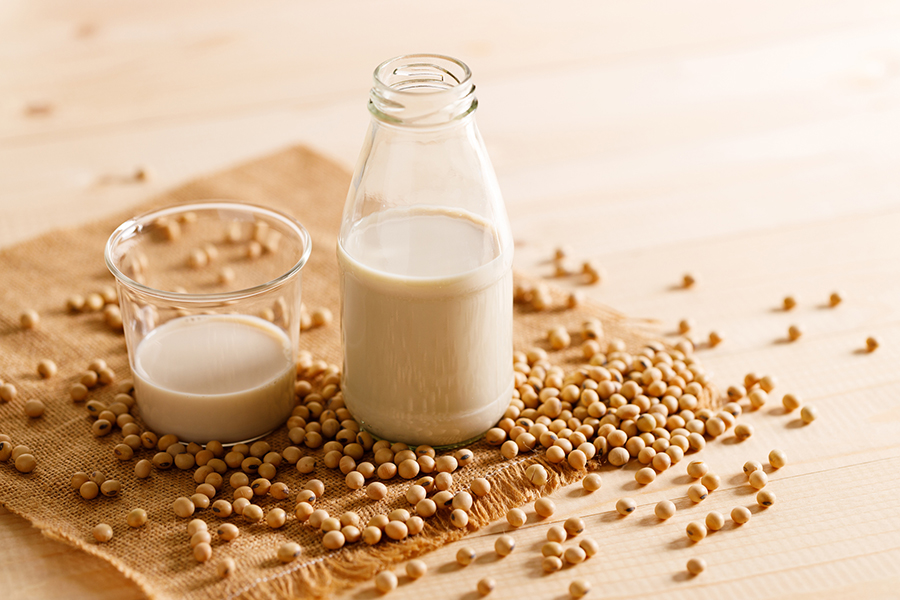
Pros: “You can’t discount the quality of the protein in soy milk,” Kolskog says. Like cow’s milk, soy milk has all nine amino acids and is low in saturated fats. It is the closest substitute to cow’s milk for nutrition.
“You can’t discount the quality of the protein in soy milk.”
Cons: In North America, you may find yourself mired in an ongoing debate regarding a concern that estrogen content in soy milk can lead to cancer for women. There is no conclusive evidence of this, notes Kolskog, and no concerns with health issues and soy products in Asian countries, where a lot of soy is consumed.
Rice milk
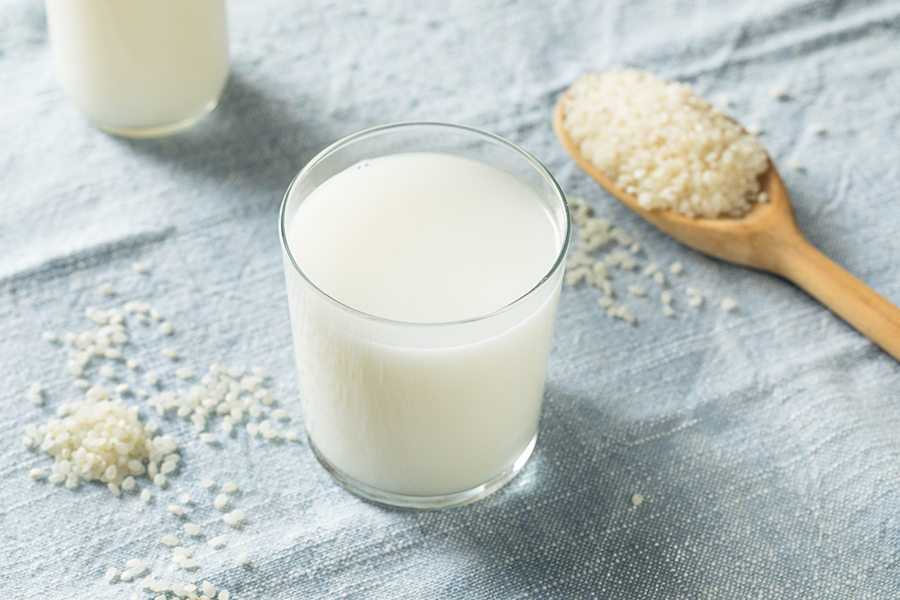
Pros: Rice milk has some protein and unsaturated fat. It is also suitable for those with allergies and intolerances to dairy, gluten, soy or nuts.
Cons: “It’s not as nutritious as something like soy milk by a longshot,” says Kolskog. “Rice is a grain so it’s not going to have all of the amino acids.” The milk is also high in carbohydrates, which may not be good for those with blood-sugar imbalances or diabetes.
Almond milk
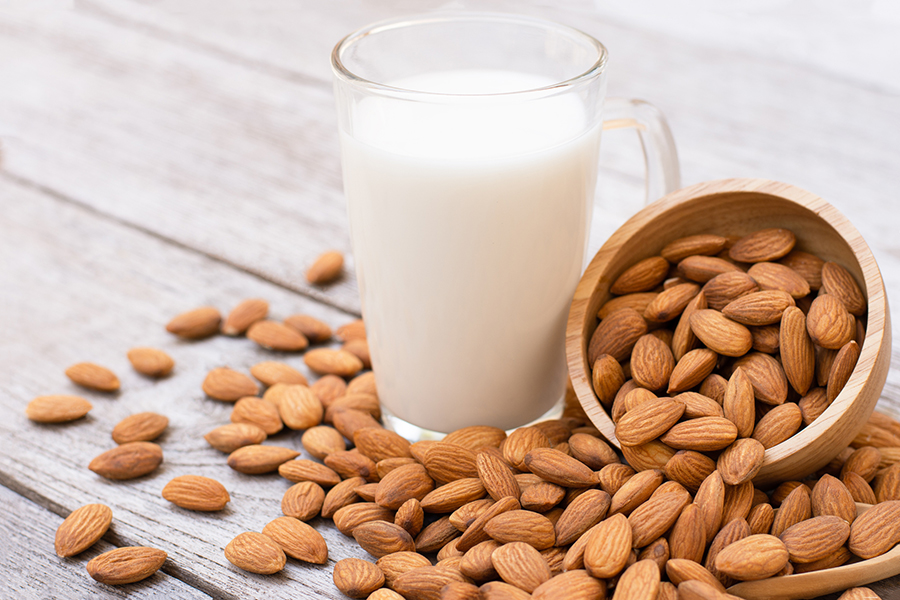
Pros: For viscosity and creaminess, Kolskog notes that almond milk is close to cow’s milk, and fine for use in desserts, baked goods, coffee, tea and smoothies. “It is lower in calories than many plant-based options,” he says. “And, like most tree nuts, almonds have healthy fats in them.”
Cons: “Well, almond milk tastes like almonds,” Kolskog says, “and that can be a turn off for some people.”
While almonds are a good source of protein, almond milk isn’t. Kolskog explains that almond milk is mostly water and has fewer nutrients than found in almonds, as well as protein, fibre and healthy fats.
“There’s an agricultural intensity to growing things like cashews or almonds.”
Also, almond milk production, like cow’s milk, is hard on the environment. “There’s an agricultural intensity to growing things like cashews or almonds,” says Kolskog. “Growing almonds is incredibly water intensive.”
Cashew milk
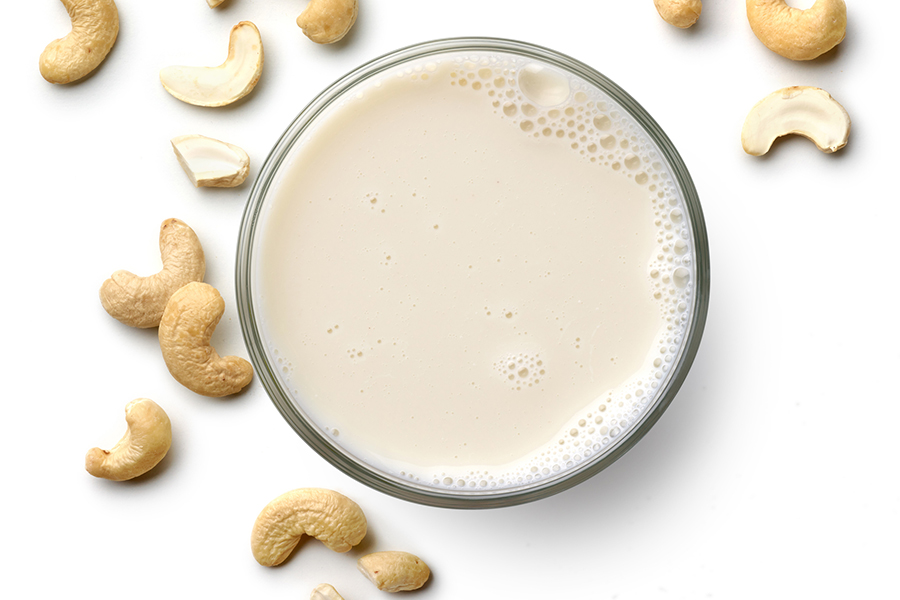
Pros: Cashew milk is a versatile option for those looking to reduce calorie intake. “It is also an easy milk to make at home and a very popular substitute for making cheese,” Kolskog explains. “It offers a more dairy-like taste and texture, and can be melted.”
Cons: Like other nut-based milk alternatives, the fibre, proteins and vitamin content is low. “And, like other nut-based alternatives, it’s a no-go for anyone with a nut allergy,” Kolskog says.
Oat milk
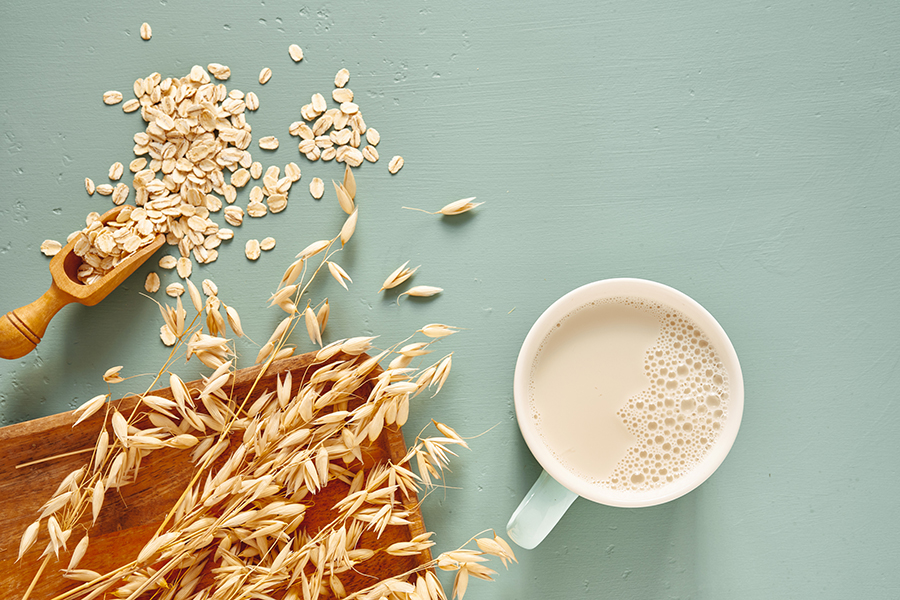
Pros: “We work with oat milk a lot because oats are a prairie product,” Koskog says. In recent years, the researcher has managed to transform the grain into not just milk and approximations of Danish blue and smoked gouda cheeses, but yogurt and even a version of miso.
Oat milk, Kolskog points out, has a naturally sweet and mild flavour. It can be used in cooking the same way as cow’s milk and is great for tea, coffee or smoothies. Oat milk, being a grain, is high in fibre.
Cons: “Oat milk might have some calcium but in very low amounts,” Kolskog says. It contains a similar amount of calories to cow’s milk and about half the amount of protein and healthy fat.
Banner image by Almaje/istockphoto.com